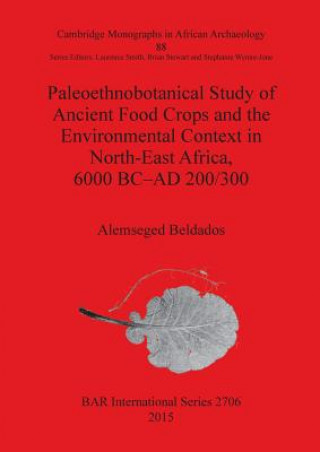
Kod: 16096276
Paleoethnobotanical Study of Ancient Food Crops and the Environmental Context in North-East Africa 6000 BC-AD 200/300
Autor Alemseged Beldados
Archaeobotanical investigation was conducted on a total of thirty two thousand (n=32,000) pot fragments, baked clay and fired clay collected from different sites belonging to five Cultural Groups in Eastern Sudan. The Cultural Gro ... więcej
- Język:
 Angielski
Angielski - Oprawa: Miękka
- Liczba stron: 102
Wydawca: BAR Publishing, 2015
- Więcej informacji o książce

Zobacz książki o podobnej tematyce
-

New Psychedelic Revolution
82.11 zł -4 % -

Philadelphia Celebrates: Three Great Anniversaries 1876 1926 1976
94.46 zł -

GUNS OF THE ALAMO -LP
185.42 zł -
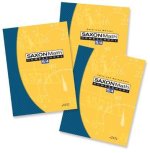
Saxon Math Homeschool 4th Grade
1234.93 zł -

Metal Scrappers and Thieves
512.20 zł -
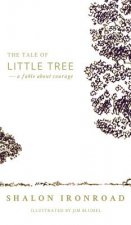
Tale of Little Tree
101.29 zł -4 %
Podaruj tę książkę jeszcze dziś
- Zamów książkę i wybierz "Wyślij jako prezent".
- Natychmiast wyślemy Ci bon podarunkowy, który możesz przekazać adresatowi prezentu.
- Książka zostanie wysłana do adresata, a Ty o nic nie musisz się martwić.
Więcej informacji o Paleoethnobotanical Study of Ancient Food Crops and the Environmental Context in North-East Africa 6000 BC-AD 200/300
Za ten zakup dostaniesz 140 punkty
 Opis
Opis
Archaeobotanical investigation was conducted on a total of thirty two thousand (n=32,000) pot fragments, baked clay and fired clay collected from different sites belonging to five Cultural Groups in Eastern Sudan. The Cultural Groups include Amm Adam, Butana, Gash, Jebel Mokram, and Hagiz. Soil samples (6 kilos) were also analyzed from various excavation spots at Mahal Teglinos, a major site that rendered data on Butana, Gash, Jebel Mokram and Hagiz Groups. The objective of the study was to reconstruct ancient food systems of the pre-historic inhabitants of a region of Northeast Africa and its environmental milieu. The result of the study demonstrated the subsistence bases of the inhabitants from ca. 6,000 B.C. to 200/300 A.D. Crops like the small seededmillets (Setaria sp., Eleusine sp., Paspalum sp., Echinochloa sp., Pennisetum sp.), Sorghum verticilliflorum, Sorghum bicolor bicolor, Hordeum sp., Triticum monococcum/dicoccum, and seeds and fruit stones (Vigna unguiculata, Grewia bicolor Juss., Ziziphus sp. (mainly Ziziphus spina christi) and Celtis integrifolia) were cultivated for consumption during this period. The study has also shed new light on the domestication history of Sorghum bicolor. The wild Sorghum, Sorghum bicolor verticilliflorum and its cultivated variety, Sorghum bicolor were simultaneously exploited by the Jebel Mokram Group people between 2,000 B.C. and 1,000 B.C. One of the oldest domesticated morphotype of Sorghum bicolor, i.e. an intermediary phase between the wild progenitor and its domesticated variety was revealed by the same investigation. Morphological change that has occurred while the species was evolving from wild to cultivated is measured using a Leica Qwin software.
 Szczegóły książki
Szczegóły książki
Kategoria Książki po angielsku Humanities Archaeology Archaeology by period / region
238.83 zł
- Pełny tytuł: Paleoethnobotanical Study of Ancient Food Crops and the Environmental Context in North-East Africa 6000 BC-AD 200/300
- Autor: Alemseged Beldados
- Język:
 Angielski
Angielski - Oprawa: Miękka
- Liczba stron: 102
- EAN: 9781407313573
- ISBN: 1407313576
- ID: 16096276
- Wydawca: BAR Publishing
- Waga: 372 g
- Wymiary: 212 × 297 × 14 mm
- Data wydania: 28. March 2015
Ulubione w innej kategorii
-
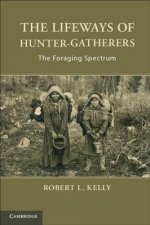
Lifeways of Hunter-Gatherers
164.94 zł -5 % -

Lost Technologies of Ancient Egypt
112.23 zł -6 % -

Magicians of the Gods
61.03 zł -15 % -
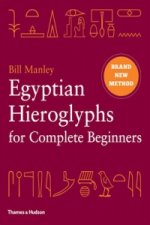
Egyptian Hieroglyphs for Complete Beginners
49.99 zł -37 % -
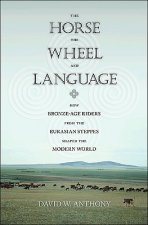
Horse, the Wheel, and Language
132.71 zł -12 % -

War before Civilization
132.61 zł -

Petra
37.94 zł -23 % -

Cat in Ancient Egypt
51.69 zł -23 % -

Complete Pompeii
92.85 zł -23 % -
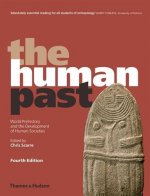
Human Past
283.50 zł -

Scenes from Prehistoric Life
115.84 zł -23 % -

Across Atlantic Ice
198.67 zł -

Book of Enoch
179.59 zł -
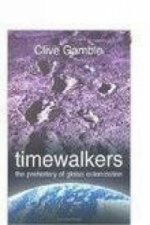
Timewalkers
77.69 zł -14 % -

Creating the Human Past
184.11 zł -
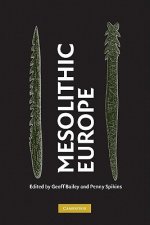
Mesolithic Europe
584.08 zł -

Resurfacing the Submerged Past
299.06 zł -4 % -

American Beginnings
329.48 zł -
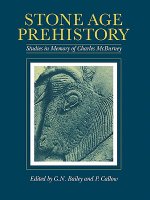
Stone Age Prehistory
137.93 zł -
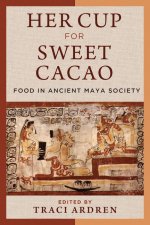
Her Cup for Sweet Cacao
285.01 zł -10 % -

Lindow Man
75.79 zł -
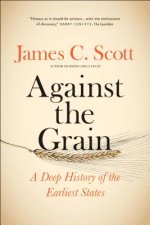
Against the Grain
93.36 zł -5 % -

Dress Accessories, c. 1150- c. 1450
153.59 zł -14 % -

Rise of Bronze Age Society
370.54 zł -

Lewis Chessmen: Unmasked
42.25 zł -14 % -
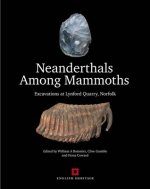
Neanderthals Among Mammoths
853.33 zł -

Biblical Archaeology: A Very Short Introduction
42.56 zł -23 % -
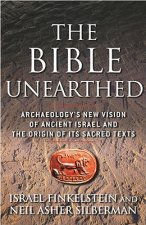
Bible Unearthed
85.32 zł -5 % -

Seismosaurus
471.34 zł -

Treasures of the Valley of the Kings
108.11 zł -29 % -

Divine Creatures
112.03 zł -6 % -

Tutankhamun
138.53 zł -23 % -

Hieroglyphics
112.93 zł -15 % -
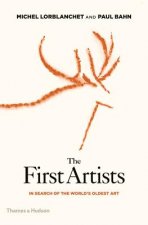
First Artists
92.75 zł -23 % -

In Search of the Indo-Europeans
145.56 zł -1 % -

Performance Power and the Art of the Aegean Bronze Age
248.26 zł -
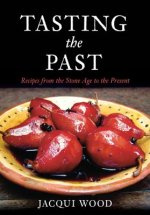
Tasting the Past
102.99 zł -14 % -

Classical Archaeology 2e
203.59 zł -

Upper Pleistocene Prehistory of Western Eurasia
375.06 zł -

Humans at the End of the Ice Age
865.68 zł -

Medieval European Coinage: Volume 14, South Italy, Sicily, Sardinia
422.45 zł -
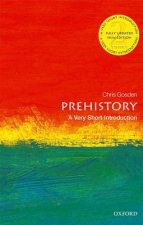
Prehistory: A Very Short Introduction
55.41 zł -5 % -
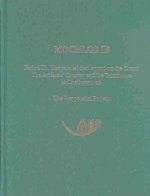
Mochlos IB
538.70 zł -

Salt in Prehistoric Europe
151.08 zł -4 % -
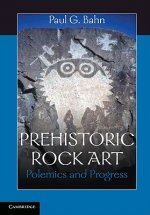
Prehistoric Rock Art
142.85 zł -14 % -

Medieval Household
283.60 zł -

Complete Cities of Ancient Egypt
115.44 zł -23 % -

First Signs
56.31 zł -23 % -
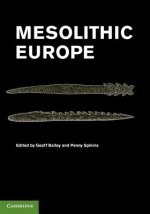
Mesolithic Europe
326.77 zł
zadowolonych klientów
Od roku 2008 obsłużyliśmy wielu miłośników książek, ale dla nas każdy był tym wyjątkowym.
Copyright! ©2008-24 libristo.pl Wszelkie prawa zastrzeżonePrywatnieCookies



 21 milionów książek
21 milionów książek Dostawa 10.99 zł
Dostawa 10.99 zł (32) 444 93 66 (8-15.30h)
(32) 444 93 66 (8-15.30h)